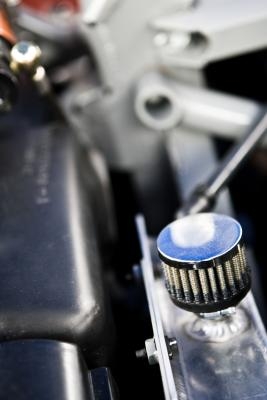
Sealed bearings differ from shielded or open bearings in that they cannot be relubricated once the lubrication breaks down or leaks out. Although this results in a shorter overall life span than that of properly maintained shielded or open bearings, sealed bearings, when used properly, still have a number of advantages over unsealed bearings.
Unsealed bearings must be lubricated at regular intervals to prevent failure, whereas sealed bearings are lubricated by the manufacturer and never need to be lubricated again. This saves labor, no matter what the application, but it is particularly valuable when the bearing is located in an inaccessible part of the machine. Unsealed bearings in hard-to-reach places often require partial disassembly of surrounding components to perform maintenance on the bearing.
The same route that allows the addition of lubricant to unsealed bearings also allows entry of contaminants, which increase wear and tear and shorten the life of the part. Sealed bearings do not offer an entrance path for contaminants, as long as the seal is intact; the same covering that keeps the lubricant inside keeps out everything else. The reverse is also true; failure of the seal soon results in the failure of the bearing.
Sealed bearings eliminate the potential for accidental over-lubrication. Unsealed bearings fail more frequently from over-greasing than from under-greasing. This requires the proper use of sealed bearings; never install a grease fitting on a sealed bearing or attempt to force grease into it. Clearly mark machinery with sealed bearings to ensure that any technician who works on it knows not to try to lubricate them.
Sealed bearings can be of either the contact or noncontact type. The seal in a contact bearing touches the inner race, or the inner track on which the ball bearings spin. This keeps out moisture more effectively but results in quicker wear and higher operating temperatures. Noncontact bearings have a seal that does not touch the inner race. They run cooler and with less friction but are not as effective at excluding moisture from the bearing.